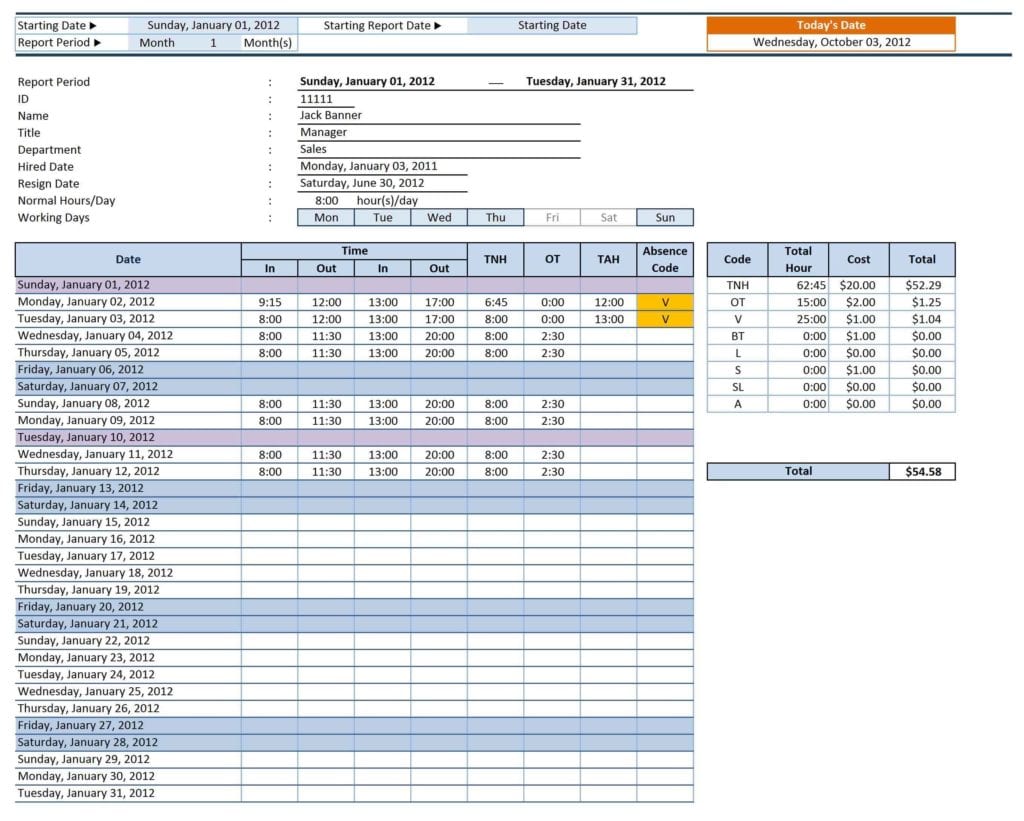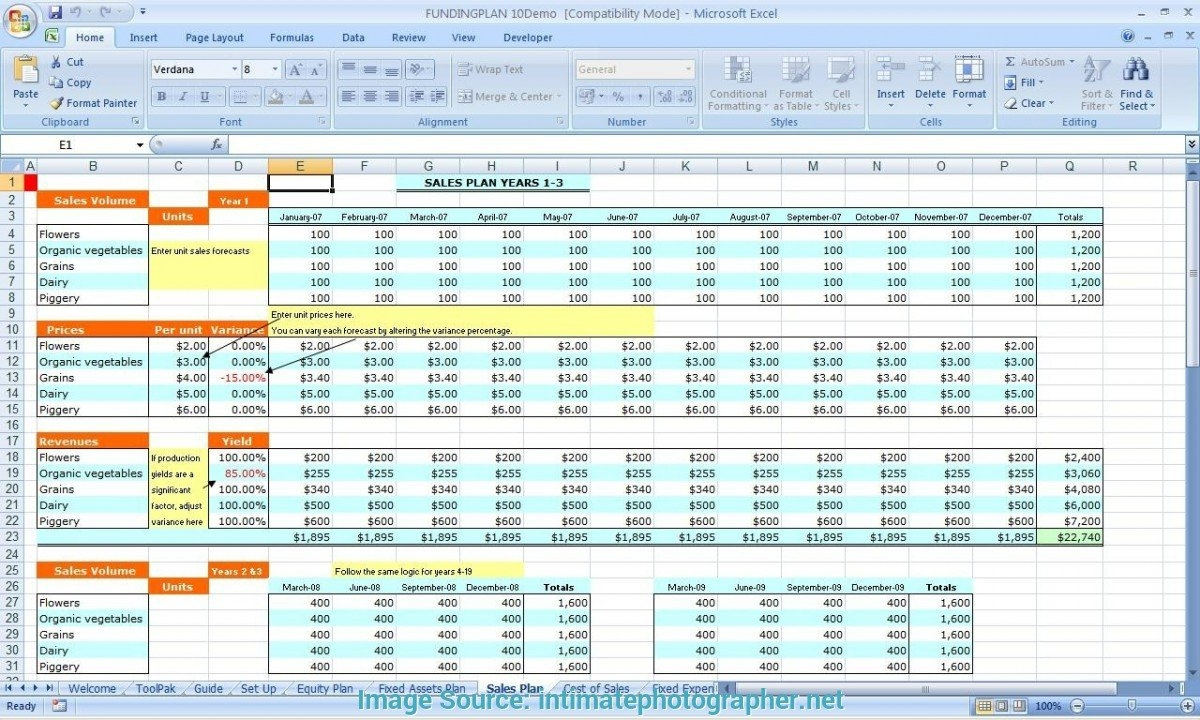

In European countries, comma is reserved as the Decimal Symbol and the List Separator is usually set to semicolon ( ). Comma is the default List Separator in North America and some other countries. The following logical operators are available in Excel: Comparison operatorĠ, "good", "bad") reads as follows: if A1 is greater than zero, return "good", otherwise "bad".

The result of the comparison is always a logical value of TRUE or FALSE. In Microsoft Excel formulas, comparison, or logical, operators are used to compare two values. (raises the number in A2 to the power of 3)įor example, if you have an item price in cell A2 and VAT in cell B2, you can calculate the VAT amount by using the following percentage formula: =A2*B2 =-A2 (changes the sign of the value in A2) These operators are used to perform basic mathematical operations such as addition, subtraction, multiplication, and division. Using arithmetic operators in Excel formulas

When you make a formula in Excel, you can use different elements to supply the source data to the formula and indicate what operators should be performed on those data. Press the Enter key to complete the formula.Type the entire equation: =B1+B2+B3+B4+B5.For example, to add up values in cells B1 through B5, you can either: After the equal symbol, you enter either a calculation or function.All Excel formulas begin with an equal sign (=).Though Microsoft has introduced a handful of new functions over the years, the concept of Excel spreadsheet formulas is the same in all versions of Excel 2016, Excel 2013, Excel 2010, Excel 2007 and lower. In MS Excel, formulas are equations that perform various calculations in your worksheets. Cell reference types (absolute, relative, mixed).Operators used in Excel spreadsheet formulas.Here's a list of topics we are going to cover: And because one of the most efficient ways to learn is through practice, we will also discuss a number of formulas examples to make things easier to understand. In this tutorial, we are going to learn the basics of creating and using formulas in Excel. All this can be done by using Excel formulas. You can use Excel to calculate percentages and compound interest, count and sum cells based on specific criteria, find average, and even get a sample deviation of a given set of values. If asked what Microsoft Excel is about, what would be your answer? Right, it's all about storing and crunching numbers. You will be amazed how simple creating formulas in Excel actually is. It also provides a number of advanced formula examples for experienced users.
#MICROSOFT EXCEL SPREADSHEET EXAMPLE HOW TO#
Can Microsoft Excel formulas be easy to learn? Yep! This tutorial explains the very basics of Excel formulas for beginners, with detailed steps on how to write and use them.


 0 kommentar(er)
0 kommentar(er)
